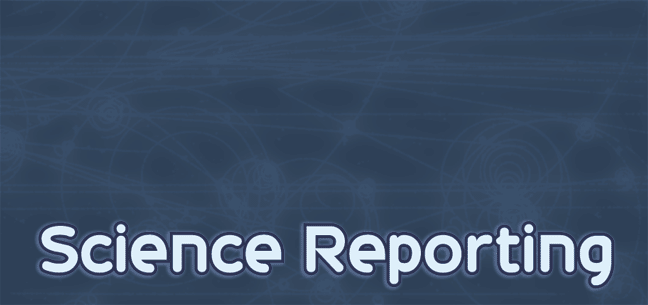 Google recently released a new application program interface for visualizations. Google Visualization API:
Google recently released a new application program interface for visualizations. Google Visualization API:
[It] lets you access multiple sources of structured data that you can display, choosing from a large selection of visualizations. The Google Visualization API also provides a platform that can be used to create, share and reuse visualizations written by the developer community at large.Information Aesthetics asks, "will this shape the future of data visualization online? if so, how?"
Embed visualizations directly into your website: Display attractive data on your website by choosing from a vast array of visualizations created by the developer community.
Write, share and reuse: The Google Visualization API provides simple Gadget extensions to its API to create visualization Gadgets. Publish these here or in the Gadget directory. Become an active participant in the developer community; reuse and share visualizations with others.
Create extensions to Google products: Write visualization applications for Google products such as Google Docs. With a growing list of products that support Gadgets, syndicate your app.
Use many data sources, one API: Visualization apps created using the API are able to access any compliant data source with no required code changes to your application. Developers can start building apps immediately using Google Spreadsheets as a supported data source.
Flowing Data picks up on the question and responds:
If Google visualization becomes popular, visualization, in general, grows in popularity. People who weren't exposed will now know more, and if all goes according to plan, data awareness has a chance to develop.
As an example, Google Maps made online mapping what it is now - commonplace. Remember when online mapping was only limited to the big boys? Now everyone can mashup to their heart's content. People know how to use it and similar mapping applications and because of that, more "idea people" ask for mapping. As a result there is more opportunity.
Flowing Data then asks:
What do you think? Is the Google visualization API going to limit our imagination where we get stuck in a Google-ish funk; or is data and visualization awareness ready to rise to a point where we all benefit?The responses are clearly positive. Flowing Data reader escargot points out:
It’s not going to limit our imagination any more than Excel does. Everyone has access to the standard bar, pie and scatter plots in Excel, and they’re by far the most common plots you see. And yet, you still see creative and informative visualizations.
Google is just offering a few more standard plots. Nice to have, but by no means limiting.
 I've not used the API yet but my response is very positive. Information graphics will be more accessible. That's good for everyone... except, of course... graphic artists. Wait a minute. That's taking work away from me! I take it back, it's a terrible idea!
I've not used the API yet but my response is very positive. Information graphics will be more accessible. That's good for everyone... except, of course... graphic artists. Wait a minute. That's taking work away from me! I take it back, it's a terrible idea!Just kidding. Some of the graphical styles are a little too cutesy. The gauge graphic to right is a fun visual analogy to traditional gauges. But it takes up a lot of space to deliver three data points.
 In contrast, (fans of Edward Tufte take note) Google has included sparklines, which may be the most graphically efficient use of data space.
In contrast, (fans of Edward Tufte take note) Google has included sparklines, which may be the most graphically efficient use of data space.The example to the left is from Edward Tufte's book Beautiful Evidence.
If Google visualizations take hold, I'm anxious to see how they'll be used.

2 comments:
Great news.
A day when a story, numbers, pictures and videos with sounds are fed into one program and the required combination and sequence of visual and sounds are produced at click.
Hi nice readiing your post
Post a Comment